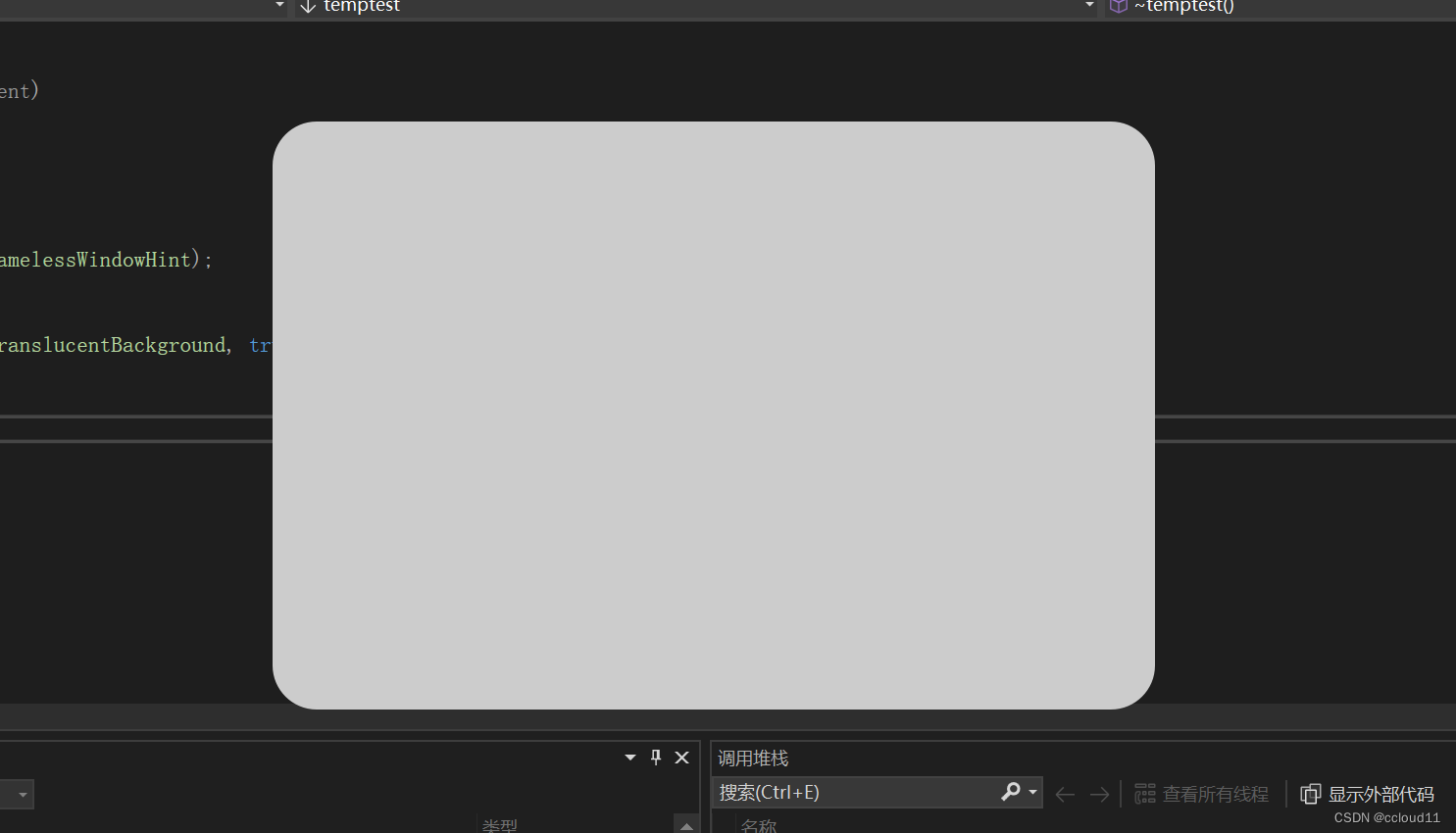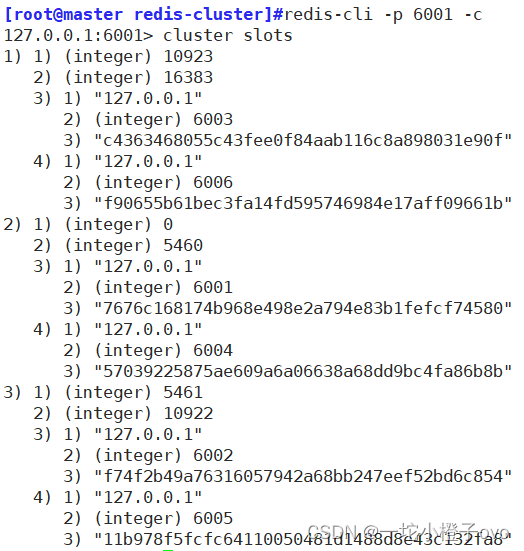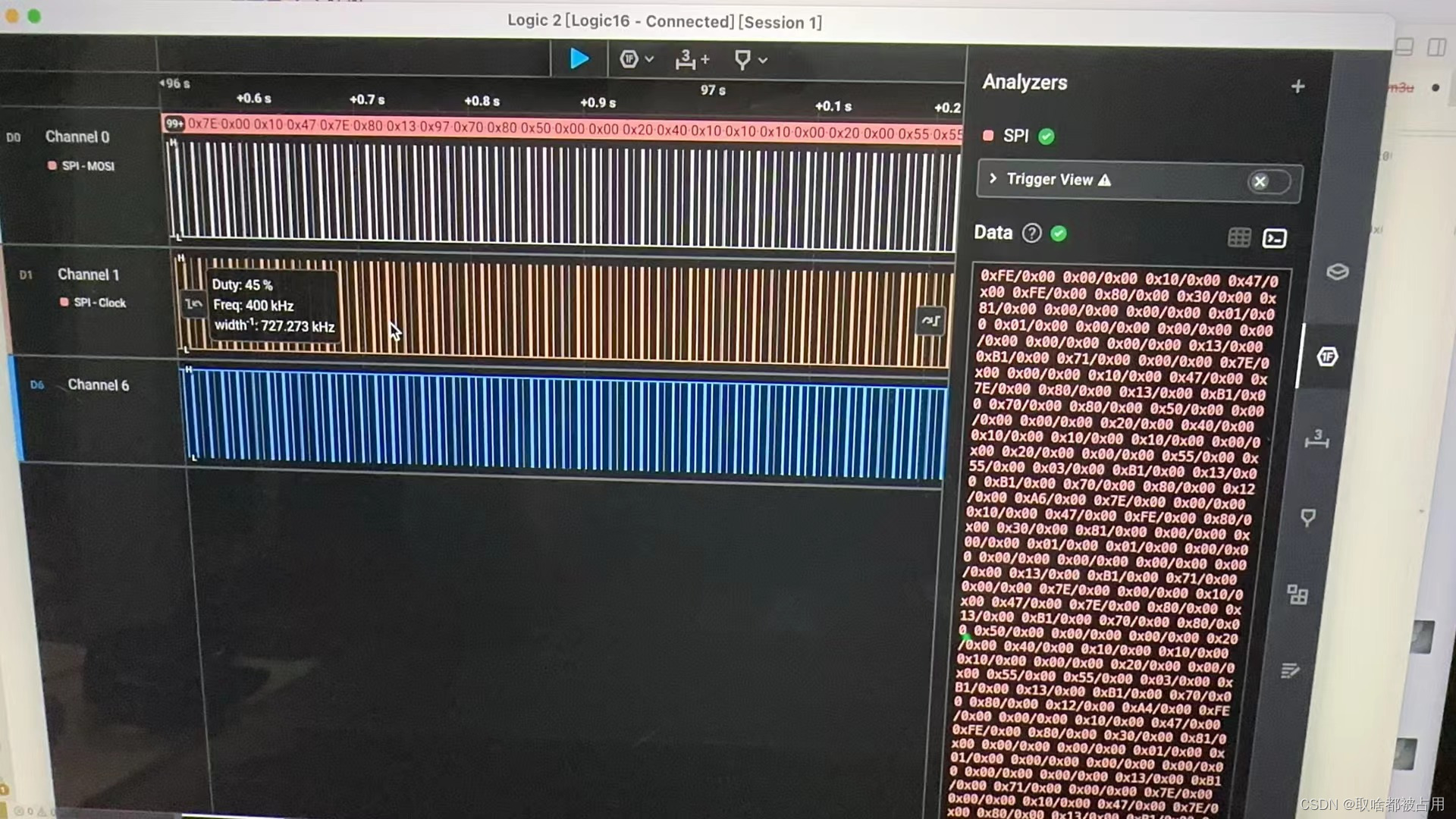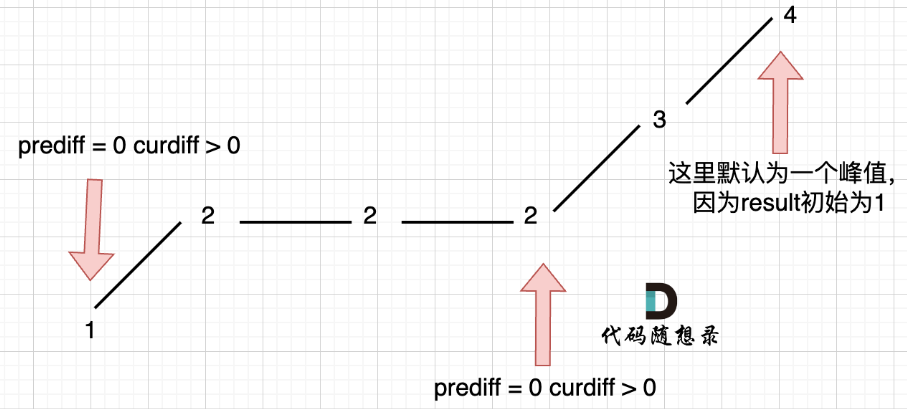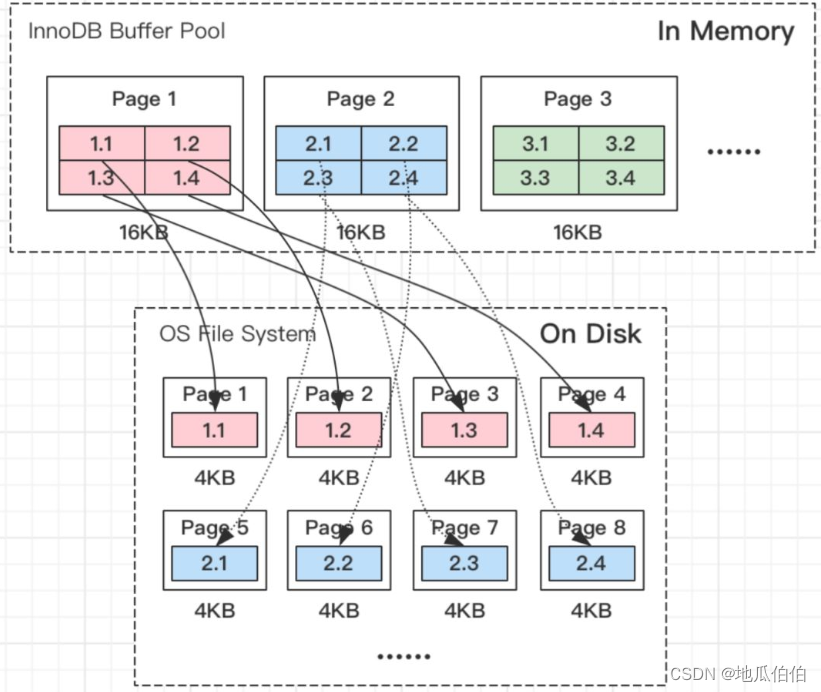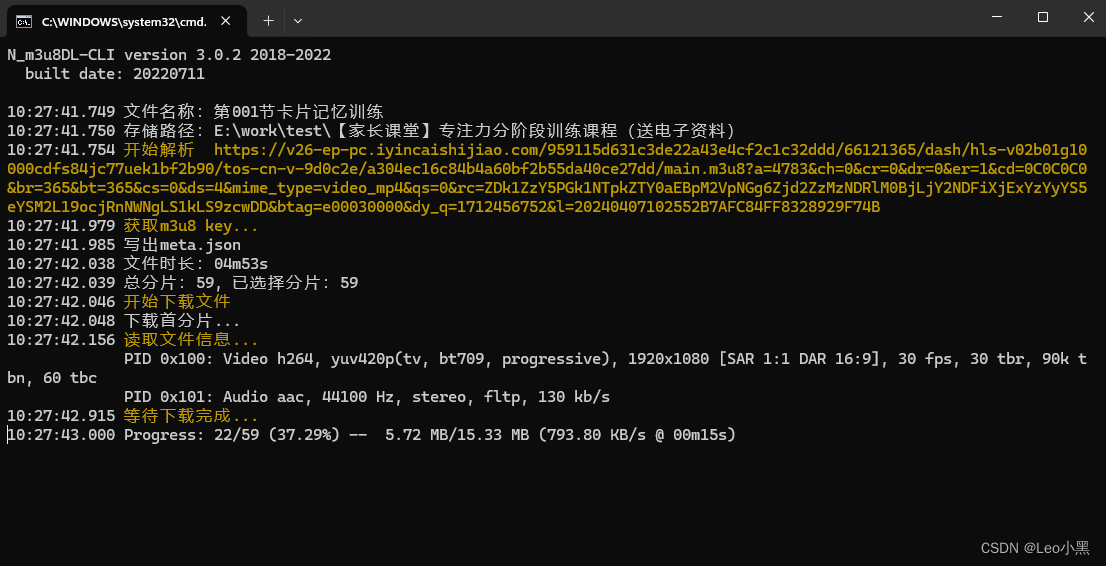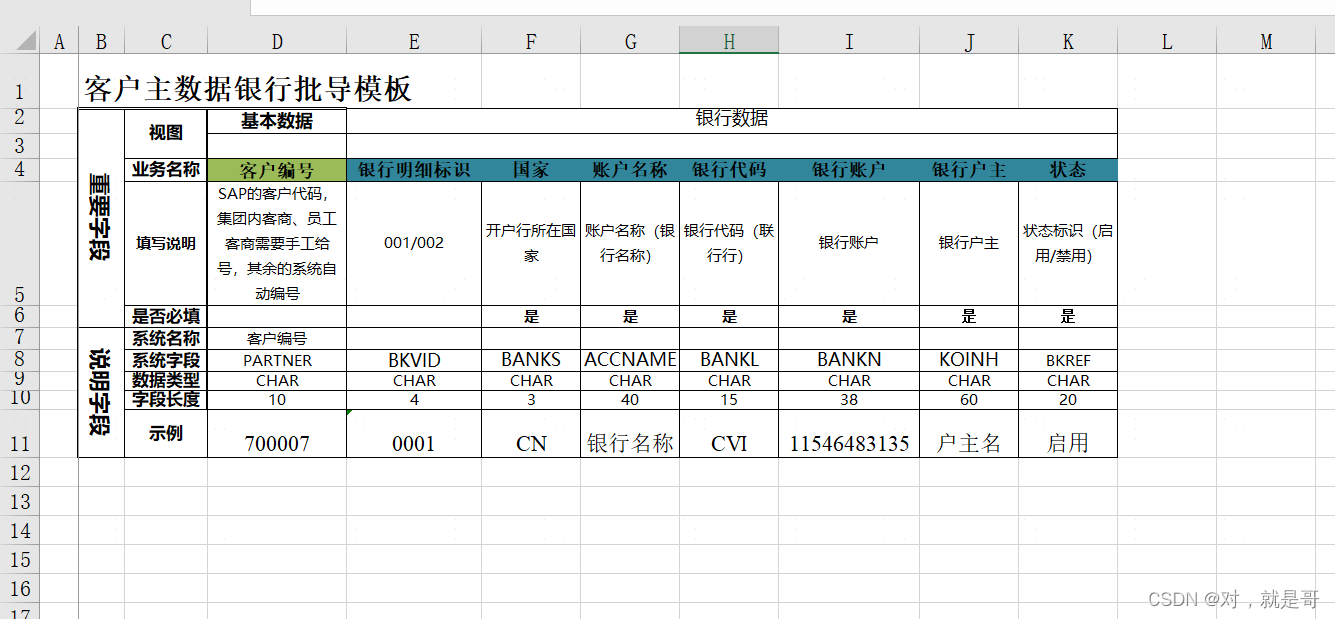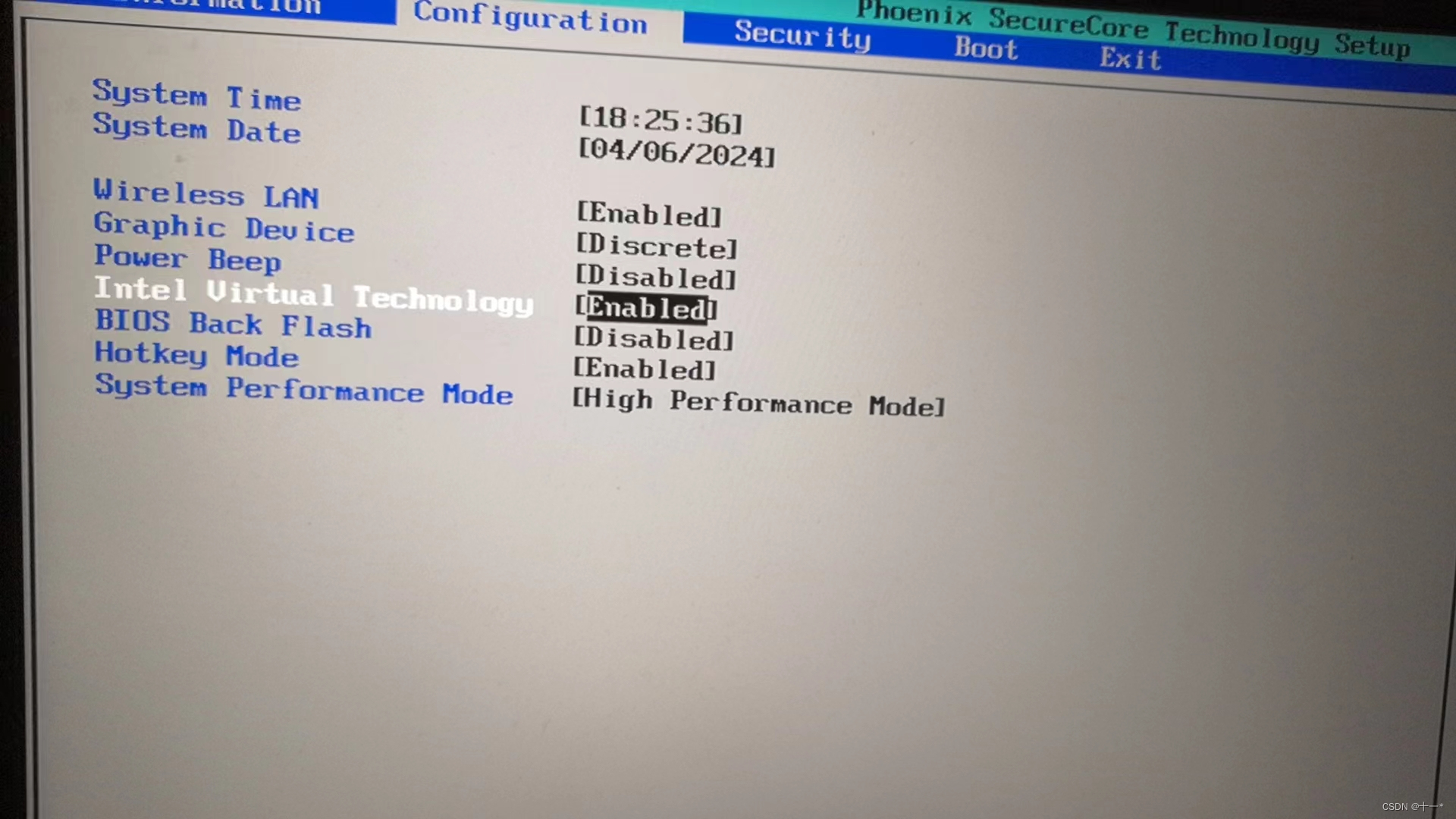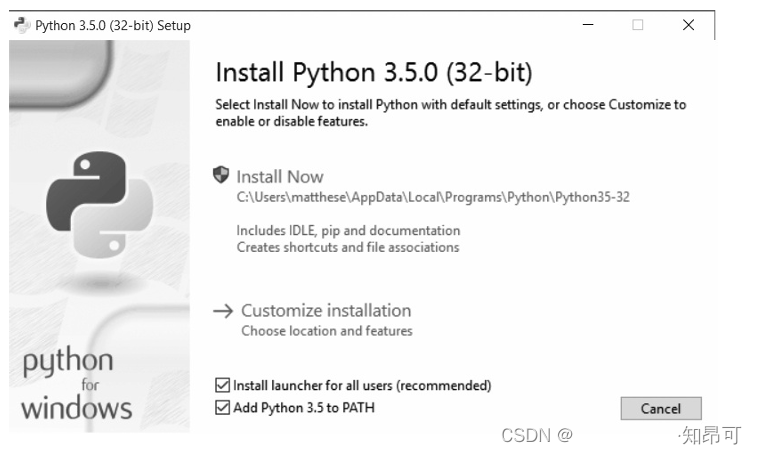一、文件创建和删除
public static void main(String[] args) throws IOException {
File file = new File("..\\hello-world.txt");//..表示在上机目录下创建hello-world.txt
System.out.println(file.getPath());//返回当前相对路径
System.out.println(file.getCanonicalFile());//返回绝对路径
System.out.println(file.exists());//false
//创建文件
boolean re=file.createNewFile();
System.out.println(re);
System.out.println(file.exists());//true
//删除文件
System.out.println(file.exists());//true
boolean se=file.delete();
System.out.println(file.exists());//false
}二、文件读写分类(重点讨论)
文件大多数是二进制保存的,当然也有以保存字符的文本文件,当我们读写文件的时候,我们需要针对这两种文件类型有不同操作,针对二进制的文件我们叫字节流,也就是每次读写一个字节,针对文本文件我们读写操作叫字符流,每次读取多个字节,这里多个字节没有准确几个字节,GBK每个中文字符有两个字节,UTF8每个中文字符是三个字节
三、测试环境

描述:Test目录下创建了两个目录,aaa和bbb,这个两个目录下分别创建文件111和222
四、字符流操作
1、读操作
··方法一
public class Test_Read {
public static void main(String[] args) throws IOException {
Reader reader=new FileReader("e:/Test/aaa/111.txt");
while (true){
int x=reader.read();
if(x==-1){
//读取完毕
break;
}
char y=(char)x;//一个中文字符一个中文字符读取
System.out.print(y+" ");
}
}
}描述:用read方法一个中文字符一个中文字符读取,但是read方法返回的是一个整数,如果是-1说明为文件空读取结束,不为空传为字符输出。
··方法二
public class Test_Read_Array {
public static void main(String[] args) throws IOException {
Reader reader=new FileReader("e:/Test/aaa/111.txt");
while (true){
char[] array=new char[2];
int n=reader.read(array);//每次只读取两个中文字符,并且打印,多次读取
if(n==-1){
//读取完毕
break;
}
System.out.println("n="+n);
for (int i=0;i<n;i++) {
System.out.print(array[i]);
}
System.out.println();
}
}
}
文件资源泄露问题(重点)
你有没有发现上述代码存在致命问题!!!,在while循环里面我们频繁的下创建reader对象,这会填满文件资源表,文件资源表一旦填满那么我们在想操作该文件将会失败,所以我们应该及时关闭我们创建的对象,以读取对象为例修改:
public class Test_Read_Array {
public static void main(String[] args) throws IOException {
//try()中的资源会随着try结束而释放
try ( Reader reader=new FileReader("e:/Test/aaa/111.txt");){
while (true){
char[] array=new char[2];
int n=reader.read(array);//每次只读取两个中文字符,并且打印,多次读取
if(n==-1){
//读取完毕
break;
}
System.out.println("n="+n);
for (int i=0;i<n;i++) {
System.out.print(array[i]);
}
System.out.println();
}
}
}
}
这只是一种简单写法,当然你可以在try后面用finally配合read.close(),同样可以 ,我们下面的代码将会采用这种简便的写法
2、写操作
public class Test_Write {
public static void main(String[] args) {
//文件路径后面不加true默认是false会覆盖原来文件内容,加了true是在原来文件内容后添加新内容
try(Writer writer=new FileWriter("e:/Test/aaa/111.txt",true)){
//写入数据
writer.write("我看到了");
} catch (IOException e) {
throw new RuntimeException(e);
}
}
}
五、字节流操作
1、读操作
public class Test_Read {
//字节流读操作
public static void main(String[] args) throws IOException {
try(InputStream inputStream=new FileInputStream("E:/Test/bbb/222.txt")){
//开始读取文件
Scanner scanner=new Scanner(inputStream);
String s=scanner.next();
System.out.println(s);
}
}
}2、写操作
public class Test_Write {
public static void main(String[] args) throws FileNotFoundException {
try(OutputStream outputStream=new FileOutputStream("E:/Test/bbb/222.txt")){
PrintWriter writer=new PrintWriter(outputStream);
writer.printf("我知道了");
} catch (IOException e) {
throw new RuntimeException(e);
}
}
} 
啊?非但没有写入而且原来的数据害消失了!!!
这是因为缓冲区问题,所谓缓冲区问题就是,我们这个写的操作实际上是先写入缓存区,缓存区的数据到达一定数量后在写进硬盘,所以我们现在要直接把缓冲区的内容写进硬盘就可以了
public class Test_Write {
public static void main(String[] args) throws FileNotFoundException {
try(OutputStream outputStream=new FileOutputStream("E:/Test/bbb/222.txt")){
PrintWriter writer=new PrintWriter(outputStream);
writer.printf("我知道了",true);
writer.flush();
} catch (IOException e) {
throw new RuntimeException(e);
}
}
}


